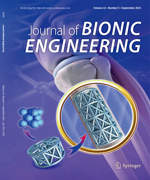Customized prostheses are normally employed to reconstruct the biomechanics of the pelvis after resection due to tumors or accidents. The objective of this study is to evaluate the biomechanics of the pelvis under different daily activities and to establish a functional evaluation methodology for the customized prostheses. For this purposes, finite element model of a healthy pelvis as well as a reconstructed pelvic model after type II+III resection were built for biomechanical study. The biomechanical performance of the healthy and reconstructed pelvic model was studied under routine activities including standing, knee bending, sitting down, standing up, walking, stair descent and stair ascent. Subsequently, the strength and stability of the prosthesis were evaluated under these activities. Results showed that, for the heathy pelvic model, the stresses were mainly concentrated around the upper part of the sacrum and the sacroiliac joint undergoing different activities, and the maximum stress occurred during stair ascent. As for the reconstructed pelvis, the stress distribution and the tendency of the maximum stress variation predicted for the bone part during all the activities were similar to those of the natural pelvic model, which indicated that the load transferring function of the reconstructed pelvis could be restored by the prosthesis. Moreover, the predicted maximum von Mises stress of the screws and prosthesis was below the fatigue strength of the 3D printed Ti-6Al-4V, which indicated the prosthesis can provide a reliable mechanical performance after implantation.

 Table of Content
Table of Content
 Table of Content
Table of Content